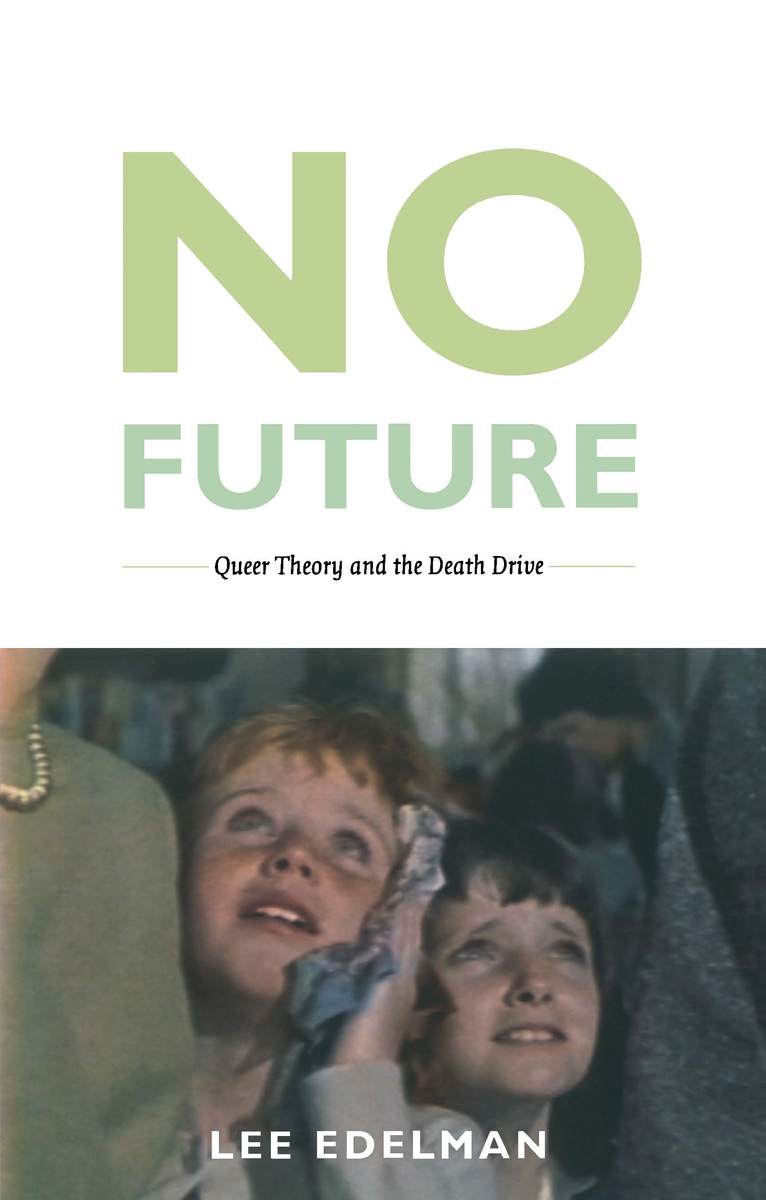"В траве силед кузнечик" ("V trave sidel kuznechik"/"In the Grass Sat the Grasshopper") (and he was killed and eaten - by a frog. Life is hard, kids, learn that early.)
I'm going to guess that 97% of Russian children and adults know this song. Probably 99.8% know this:
It's the theme music from the children's television program Спокойной ночи, малыши (Spokoinoi nochi, malyshi/Good Night, Kids) which has aired continuously on Russian television since 1964. Broadcast in the evenings, it's what many children watch and have watched before being put to bed - and I've never met anyone in Russia (or Russians living abroad) who did not know the program and the words to the theme song. I have always found it fascinating, however, that this arguably most-Russian-of-Russian cultural production (one so ubiquitous in formative years, one operating on arguably affective registers) is so not traditionally Russian, at the level of harmonic/melodic attributes, as well as the level of style. Yes, certainly "jazz" has been a part of the Russian "soundscape" for decades (and, as Yurchak notes, sometimes lauded, sometimes reviled), so it is definitely not entirely (sonorously) "other"; yet it cannot compare with the ways in which the following - also widely known among the populace (I'll say...98.1%) - adheres to the stereotypical harmonic/melodic (to say nothing of the ideological) structures of so much of Soviet and post-Soviet popular music:
"Что тебе снится, крейсер Аврора?" ("Chto tebe snitsia, Kreiser Avrora?"/"What Are You Dreaming, Cruiser Aurora?")
Everything is better in claymation:
The cruiser, of course, holds an important place in Russian history and memory.
Some more (stylistically) typical Soviet-era songs, performed by the Big Children's Chorus (Большой Детский Хор/Bol'shoi Detskii Khor), soloist Serezha Paramonov (Серёжа Парамонов). (Paramonov was quite well known in the early 70s; he died at 37. An interview with him, later in life, can be seen here.)
"Старый барабанщик" ("Staryi barabanshchik"/"The Old Drummer") (I love watching how the children do or do not move during the instrumental breaks - mostly the latter.)
"Не дразните собак!" ("Ne draznite sobak!"/"Don't Tease the Dogs!")
Edelman is, of course, correct - the construction of the image of "the child" plays a central role in so many ideological constructions (and not only in the US). Listening to children's songs - and taking them seriously as performative cultural constructions - raises so many questions not only about the promulgation of cultural narratives and tropes on a "textual" level (the "meaning" of the "lyrics"), but also about the very production and ontology of memory. In my book, I suggest that harmonic and melodic structures, as part of the environment in which one lives, are apprehended in part somatically, and thus become lived and re-lived at the level of the body; not exclusively, of course, but certainly as more than a minor adjunct to the "importance" of text and/or discourse and/or ideology. What can be gained from exploring the very concepts of "memory" and "nostalgia" at the level of "embodied sounds," with attention to those sounds/actions so widely dispersed geographically, culturally, and temporally?
(Answer: much.)
"Старый барабанщик" ("Staryi barabanshchik"/"The Old Drummer") (I love watching how the children do or do not move during the instrumental breaks - mostly the latter.)
"Не дразните собак!" ("Ne draznite sobak!"/"Don't Tease the Dogs!")
Edelman is, of course, correct - the construction of the image of "the child" plays a central role in so many ideological constructions (and not only in the US). Listening to children's songs - and taking them seriously as performative cultural constructions - raises so many questions not only about the promulgation of cultural narratives and tropes on a "textual" level (the "meaning" of the "lyrics"), but also about the very production and ontology of memory. In my book, I suggest that harmonic and melodic structures, as part of the environment in which one lives, are apprehended in part somatically, and thus become lived and re-lived at the level of the body; not exclusively, of course, but certainly as more than a minor adjunct to the "importance" of text and/or discourse and/or ideology. What can be gained from exploring the very concepts of "memory" and "nostalgia" at the level of "embodied sounds," with attention to those sounds/actions so widely dispersed geographically, culturally, and temporally?
(Answer: much.)

No comments:
Post a Comment